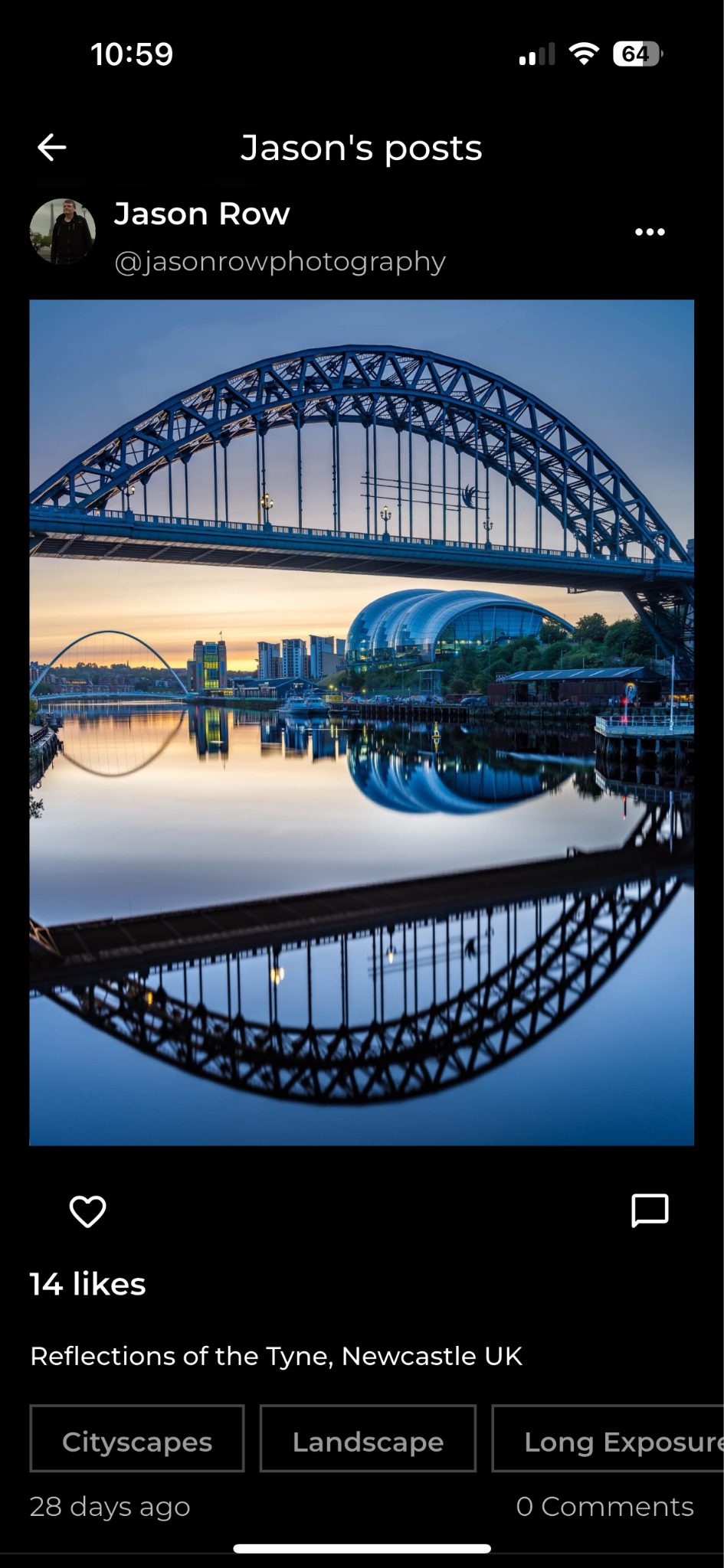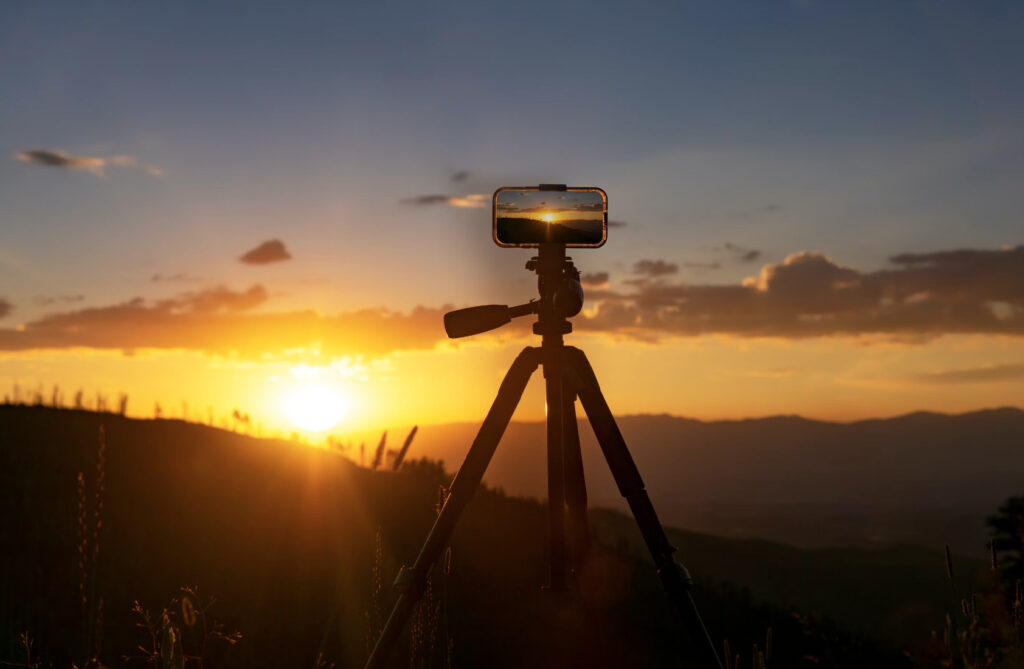Perhaps it's the rise of Instagram that gave us the gradual and increasing acceptance of post production filters. Today, many of the more striking images we see have had some sort of filtering applied to them, either physical or digital – it has become the norm. Whilst there is no doubt than post production digital filters have an important place in our photographic workflow, there are also some very good reasons for using physical filters at the time of shooting. Today we are going to explore some of those.
What's So Good About a Physical Filter?
Image quality is the most obvious reason for using physical filters. Whilst some people will say that you don’t lose image quality using physical filters, the fact is you do. Anything you stick in front of your lenses elements will reduce image quality slightly, however, that slight degradation only happens once, when the image is recorded to the memory card.
Another example of a positive to using physical filters is flash filtration. We use filters on our flash guns to balance the colour of the light when using another, external light source. Whist it's possible to correct this in post production it's not a simple or quick fix.
The effect of a strong ND filter such as the Lee Big Stopper is also virtually impossible to replicate in post production. These filters are used to blur motion in skies or water by allowing us to use extremely slow shutter speeds.
Graduated ND filters are another area where physical may be best. Whilst there are some very good tools available to us in post production to “add a grad”, the fact is you still cannot pull back blown highlights with a software filter. Using a real filter will hold that area of highlights back allowing you to get a correct exposure across the entire image. There is of course the argument that you can shoot two or more images, one for the foreground and one for the sky and combine them in post but then, if you are thinking about this at the shooting stage why not just use an ND Grad anyway?
[url=https://flic.kr/p/nkP8UW][img]https://farm3.staticflickr.com/2904/14007702434_43a54ed4db_z.jpg[/img][/url]
A physical ND grad will preserve highlights. By Jake Cook
Lastly, one very positive aspect of using physical filters is that it slows you down. It makes you consider the scene in front of you and work out how to control the light. The slowing down of the photographic thought process will lead to not only a greater understanding of light but also composition, the effect of focal length and depth of field. When we have our camera set up, we need to consider what filters to use. Are there a lot of reflections coming off the water surface? Will I blow out the sky if I expose for the ground? Will my the colour temperature of my my flash clash with the ambient light coming from the window? All of these technical issues require us to think about filters and exposure and that is a very good thing.
What Are the Problems With Filters in Post Production?
In post production every action you take degrades the image a little and this is a cumulative effect. The more you alter an image in post production the more you degrade its technical quality. With physical filters we can use top quality glass from recognised manufacturers to reduce the quality of loss to insignificant amounts.
[url=https://flic.kr/p/RWKTv][img]https://farm2.staticflickr.com/1398/565191991_90b13b7876_z.jpg?zz=1[/img][/url]
Polarisers cannot be fully reproduced in post production. By SachinChitale
Another aspect to the quality issue is using too much filtration. When using digital filters in post production there is the temptation to keep pushing the image further and further. We tend to get so involved in the technique that we forget to take a step back and actually look objectively at what we are producing. With on camera filters, we are more connected to the shot we are taking and for this reason we can see if a filter is or is not working out.
Another important consideration for using on camera filters is that there are some things that simply cannot be replicated in post production. The most obvious example is the polarising filter. Now some of you might claim you can easily replicate the effects of a polariser by saturating blue skies, compressing contrast etc and you would be right (in fact we wrote a tutorial on it). That argument holds true but try to remove reflections from a lake or glare from foliage and you will soon see that there are important aspects of a polariser that simply cannot be replicated.
[url=https://flic.kr/p/hJyikS][img]https://farm8.staticflickr.com/7343/10983303044_76575149f5_z.jpg[/img][/url]
Ultra NDs such as the Big Stopper cannot be reproduced in post. By javier bueno
There is nothing wrong with using digital filters in post production. In skilled hands they can give us amazing looking images. However, using a physical filter not only allows us to do things that cannot be done in post production but also they allow us to connect and analyse the scene in front of us in a way that cannot be replicated on computer a screen.





3 Comments
Hi Jason,
nice post, I agree. but the example image of the ND Grad (“A physical ND grad will preserve highlights.”) does not fit. There are no highlights to preserve.
Kind regards,
Jens
Jason ,as always , you are right on with your advice, especially the stoppers and polarizers. Hope you never quit writing for Light Stalking!
Excellent advice, not a lover of post production, taking time and effort in the original photograph will always be better and less time required in post production, advice followed from Scott Kelby.